Journal
Haut-Bailly, a living terroir rooted in innovation.
The 2023 vintage of Château Haut-Bailly has once again been placed on the podium of the Grands Crus Classés de Bordeaux.
There are many reasons for this, on many levels – luck or chance having little place here.
One of these reasons is that the team led by Chris Wilmers and Véronique Sanders is united around a common vision, nurtured daily by collective intelligence that is the Château’s hallmark.The keys to success lie in the alchemy between an extraordinary terroir, at the summit of its legendary croup, and a team entirely dedicated to producing a ‘vin de lieu’ that expresses it, sublimates it and magnifies it year after year, whatever the hazards of the climate or market fluctuations.
At the heart of this shared vision is a strong spirit of innovation, based on the Japanese ‘Kaizen‘ philosophy. This philosophy of continuous improvement is based on an in-depth analysis of our practices in order to identify new technical and environmental innovations, while maintaining a deep respect for the terroir and living environment.
That is what we named: Innovivant
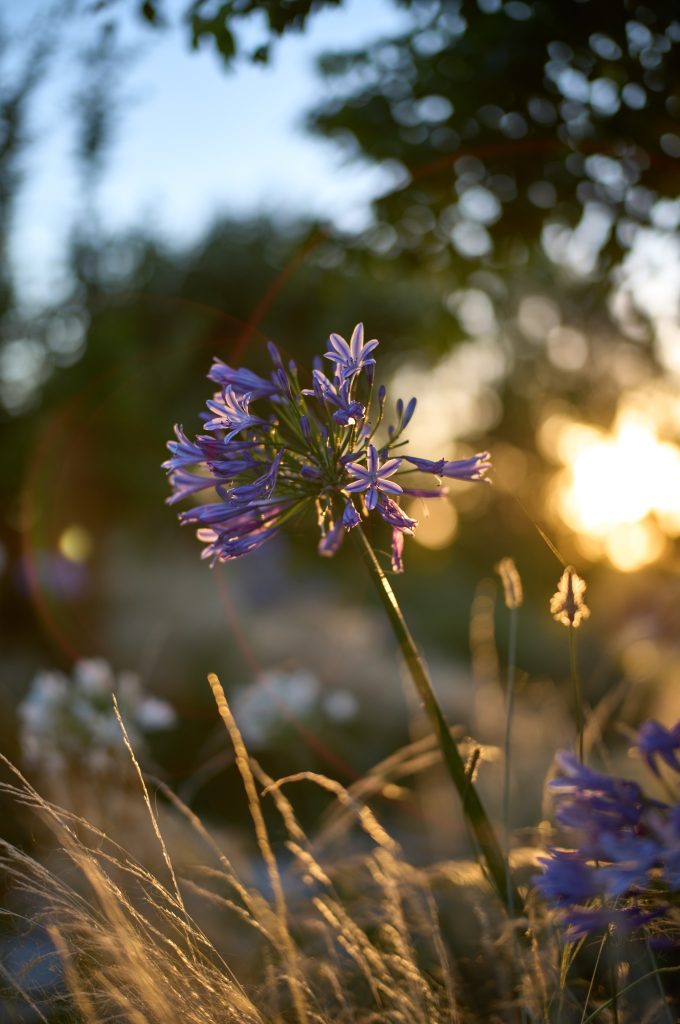
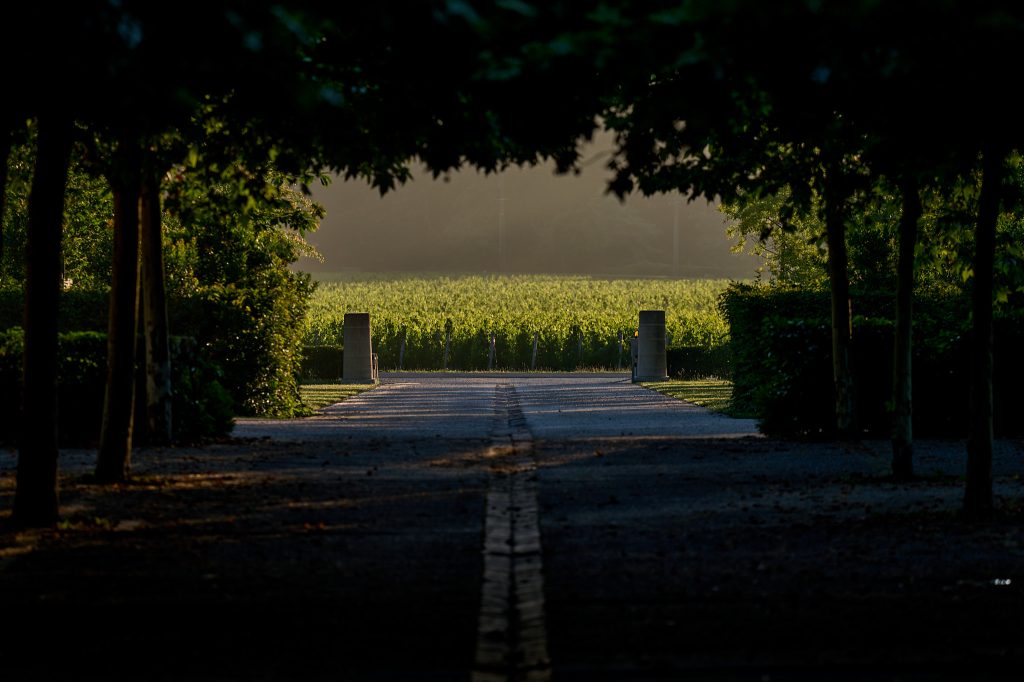
A commitment to Corporate Social Responsibility:
enhanced biodiversity, limited carbon impact, protection of public health
Innovation is at the heart of Haut-Bailly’s commitment to constantly improve its performance as an environmentally and socially responsible company.
On the environmental aspect, for all its actions and decisions, the team constantly monitors three key criteria: the preservation and development of biodiversity , the carbon footprint and respect for consumers, local communities and employees.
Progress is always possible, and necessary, and everyone works on it every day. Innovation is an essential lever for performance in terms of environmental and social responsibility, and can be illustrated by two significant actions.
Our cellar is a model of sobriety in terms of energy consumption, and its vegetated roof is an island of biodiversity (every bush is teeming with insects). This biodiversity also extends to the 39 hectares of vines: In 2023 only, 6,000 new maple, hornbeam, lime, hackberry, walnut, oak and elm seedlings, scattered over two and a half kilometres, provided new homes for Haut-Bailly’s 53 bird species, which have been inventoried by the Ligue de Protection des Oiseaux (bird protection league), as well as no fewer than 19 different species of butterfly, 13 dragonflies and thousands of bats (including the rare Lesser and Greater Rinolophe and European Barbastelle).
On the vineyard side, with Vitibot’s Bakus, the electric robot that passes through the rows and works ceaselessly in the vines, the estate is significantly reducing its carbon footprint, while relieving its winegrowers of repetitive and time-consuming tasks.
Each individual experiences the land as part of a wider ecosystem, for which they are all co-responsible, and each sees themselves as a major player in protecting a wide range of species, from insects and plants to birds and mammals. This is a point that Chris Wilmers, Chairman of the Supervisory Board of Haut-Bailly and Professor of Ecology in the Department of Environmental Studies at the University of California at Santa Cruz, is keen to emphasise, placing at the heart of the teams’ considerations the study of the relationship between all living organisms and their environment.
The teams acknowledge that they are part of a rapidly evolving global ecosystem, and are therefore seeking to minimise the carbon footprint of wine-making practices.
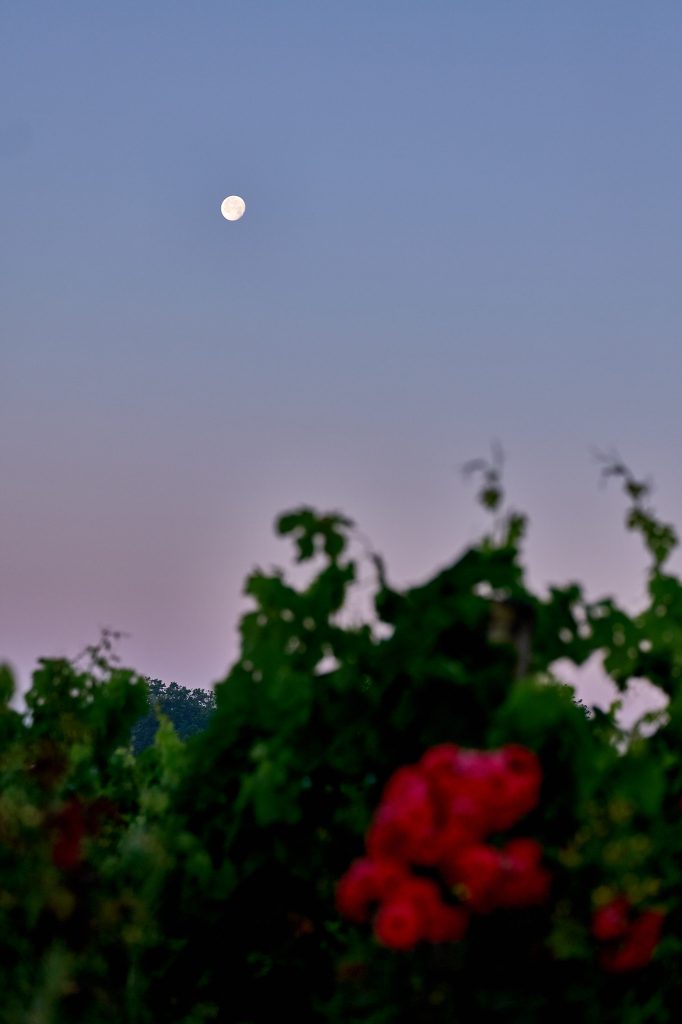
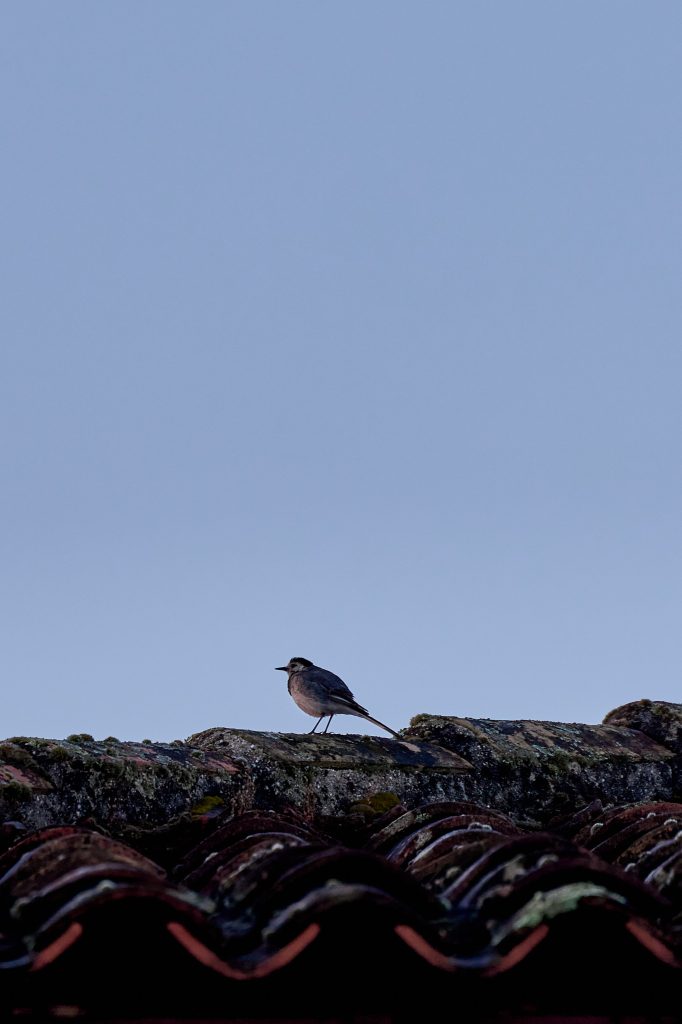
A cellar certified ‘High Environmental Quality’ (HEQ)
Innovation naturally involves limiting our carbon footprint.
Haut-Bailly’s cellar has been awarded the HQE label, with an ‘Excellent’ rating, in recognition of its positive results in terms of :
– energy savings: the underground cellar requires little or no air conditioning.
– water and waste management, with rainwater collected and reused: Laure Gasparroto, writing in Le Monde, recently described the Haut-Bailly winery as “a worldwide example of adaptation to climate change”.
– working environment for the cellar teams: gravity-fed operation, optimised flow management, improved technical ergonomics, temperature management for the 54 fermentation vats controlled by computer and ‘tracked’ by screens…
A silver medal was also awarded to the garden overlooking the winery at the Victoires du Paysage awards in 2022 for its perfect environmental integration.
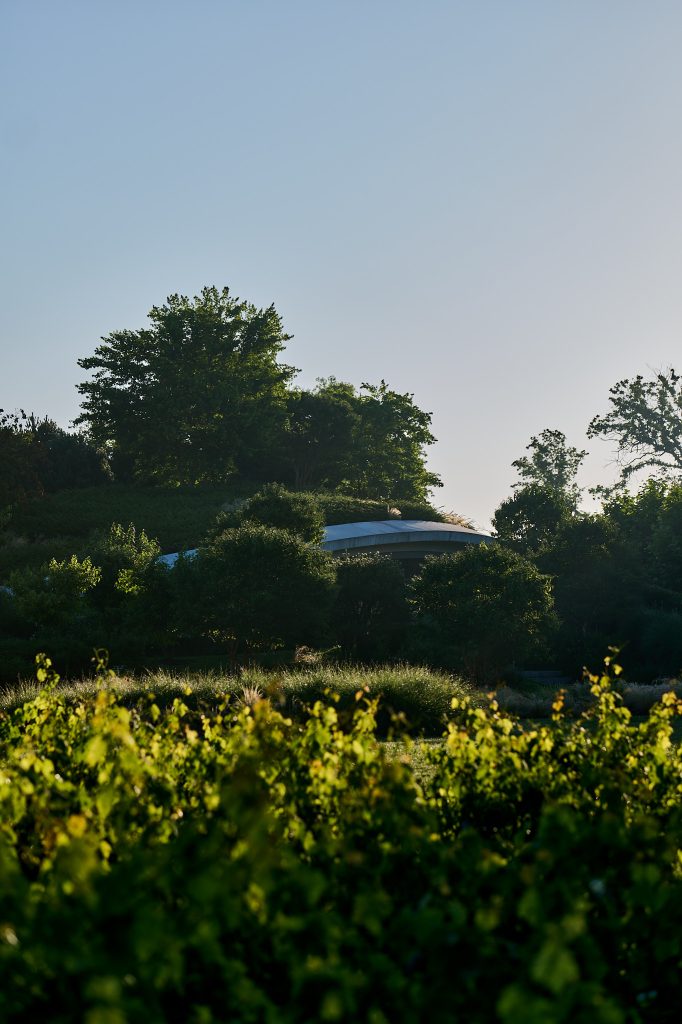
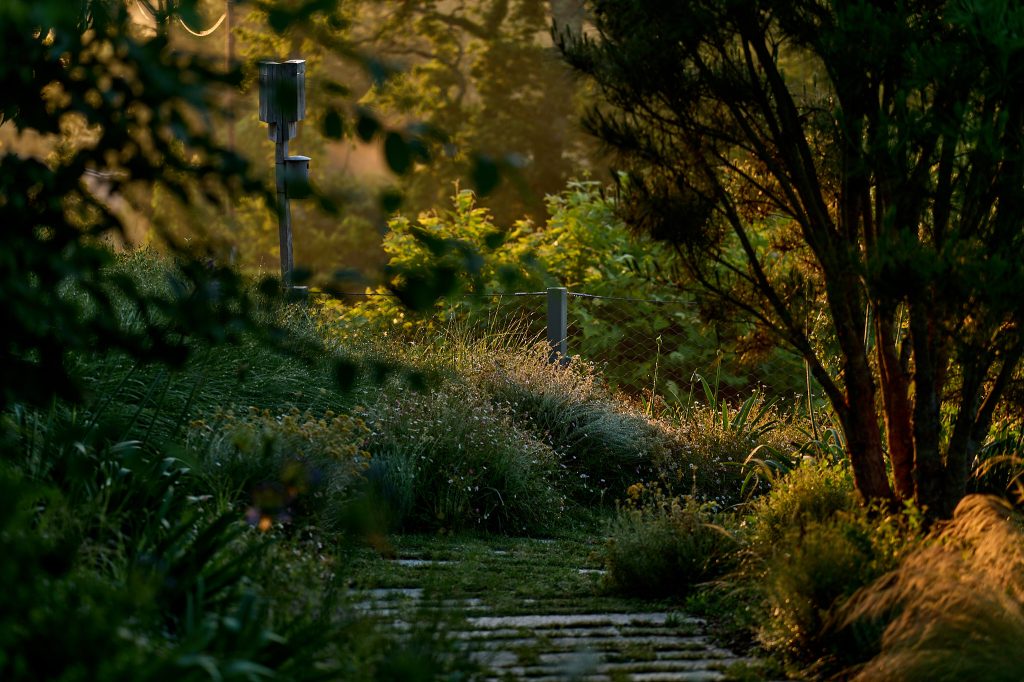
Innovative wine growing practices: in-depth knowledge of each plot, continuous research and detailed observation
Innovation for Haut-Bailly also implies an approach of continuous improvement.
Haut-Bailly cultivates its difference, remaining true to the timeless style that is the signature of its wines.
The winemakers are curious about everything, they test a lot, they evaluate constantly but, being thoughtful and temperate by nature, they never rush into anything. Haut-Bailly is committed to a rational approach to continuous progress, based on science and not on doxa, belief or the prevailing ideas of the moment.
Throughout the winegrowing and winemaking chain, the Haut-Bailly teams assiduously practise their ‘Kaizen‘ philosophy: analysing everything, all the time, from every angle and all together, in order to constantly identify ways of improving and optimising their practices.
For example, the Haut-Bailly vines have always been grown without herbicides and harvested by hand. Respect for the environment means adapting treatments to the climatic and health conditions, vintage after vintage.
The management of the vineyard is driven by the quest for the highest level of quality, through a succession of precise gestures: soft pruning that respects the flow of sap in order to extend the life of the vine, and thinning out the crop if necessary after flowering.
The estate is an active member of various research groups working to improve wine quality while reducing the environmental impact of viticulture.
Wood diseases, copper levels in the soil, limiting phytosanitary inputs and the maintenance of plant cover are all issues on which the team is actively working.
In 2019, Château Haut-Bailly was rewarded with the Haute Valeur Environnementale label (HVE 3), a certification attesting to the biodiversity conservation measures put in place, as well as the controlled impact of its practices on the environment.
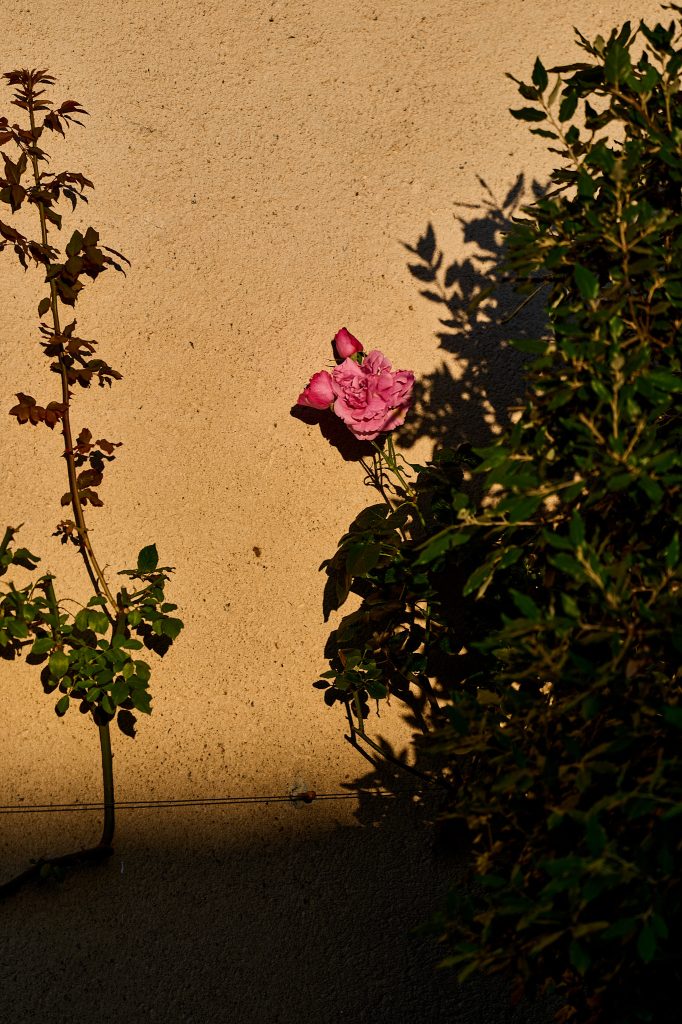
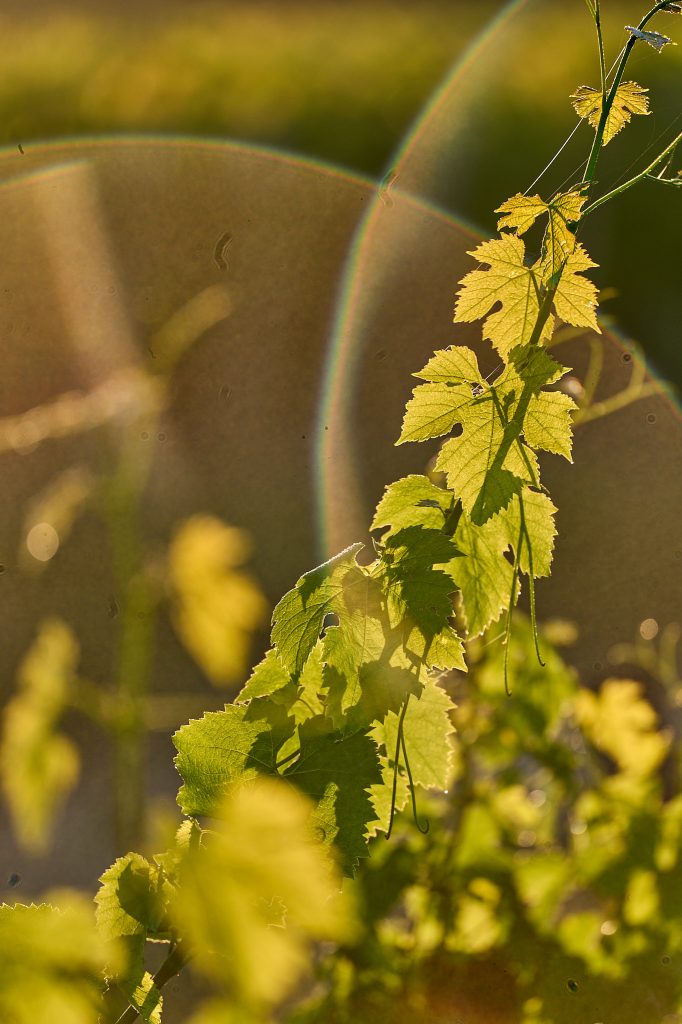
A unique heritage of very old vines
Innovation is also about preserving, protecting and passing on the heritage of previous generations.
The average age of the estate’s vines is 40 years, and 15% of the stock is between 100 and 120 years old, putting Haut-Bailly among the oldest vineyards in Pessac-Léognan. A four-hectare parcel of these vines, planted at the turn of the 19th and 20th centuries, is a veritable conservatory of rare genetic heritage, with six grape varieties complanted.
In August 1901, Alcide Bellot des Minières, “Le roi des vignerons”, the owner of the estate at the time, wrote in L’Œnophile: “The grape varieties are all old French vines, first choice, and in good proportions to give maximum quality given the nature of the land. Here is the composition: 1/12 Cabernet Franc, 1/12 Carmenère, 1/12 Merlot, 1/12 Malbec, 1/12 Petit Verdot, 7/12 Cabernet Sauvignon”.
‘’Labelled by the French government as a Living Heritage Company, (since 2016), the estate is looked after by people with a high level of expertise in creating living heritage elements and who are committed to handing them down to future generations: Haut-Bailly, driven by an inextinguishable thirst for transmission, ticks all the boxes.” Génération Vignerons, 26 April 2024.
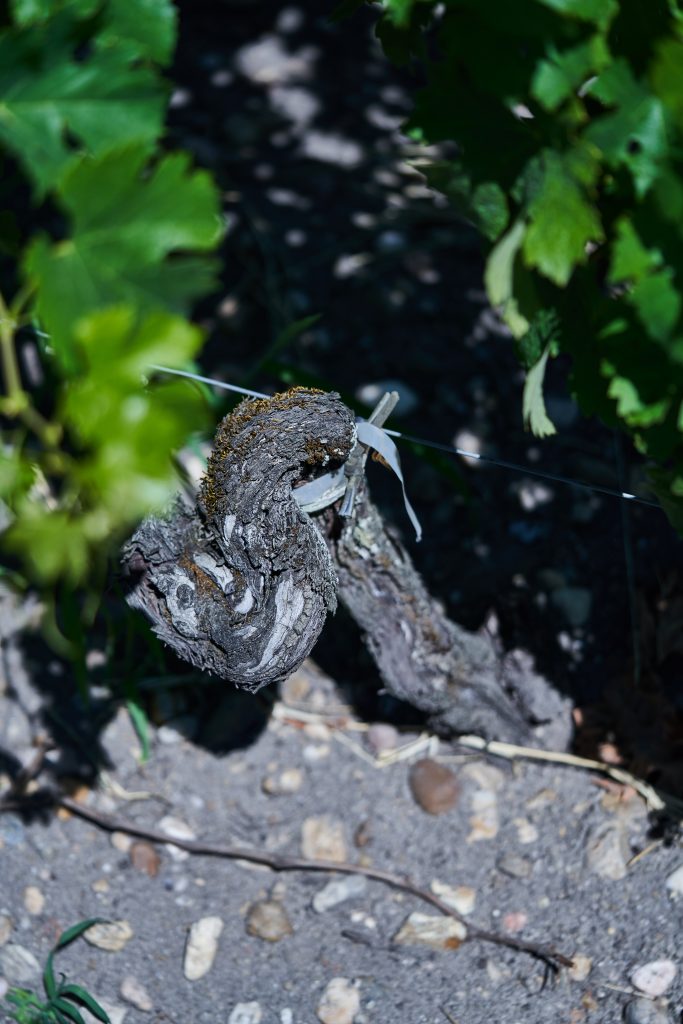
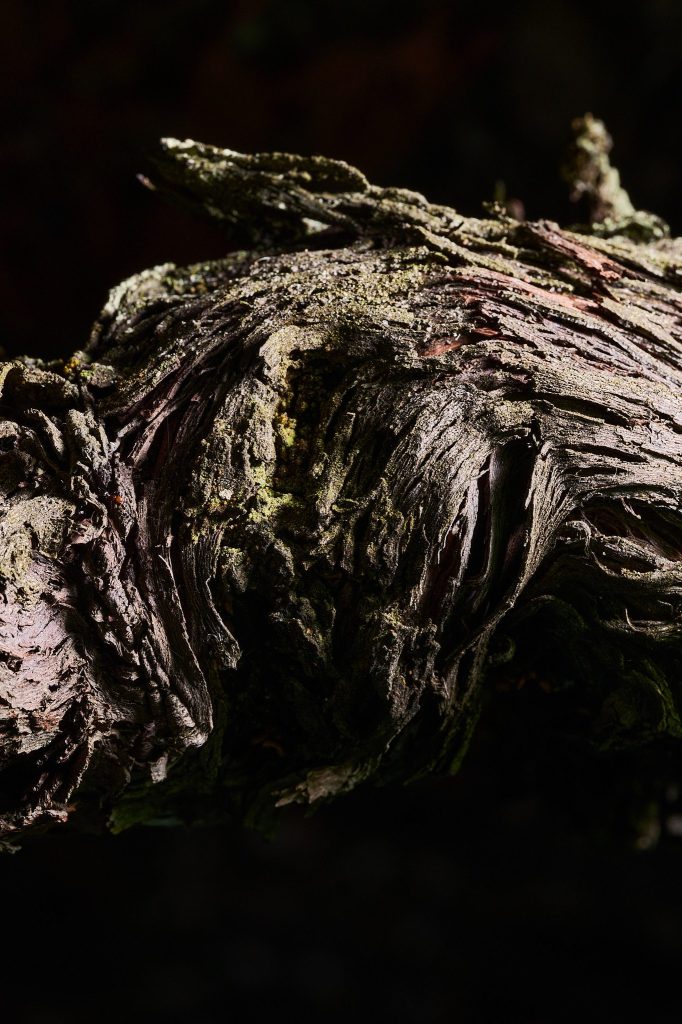
A pragmatic, scientific and people- focused approach
Innovation at Haut-Bailly means thinking carefully and taking action in the interest of all stakeholders, now and for the future.
The fight against mildew illustrates this sensible approach, solidly grounded in facts and figures. Mildew exerts its pressure in spring and early summer, when wet weather favours its appearance.
After analysing the available data and holding lengthy discussions as a team, it was decided to opt for a non-dogmatic treatment plan that would fight the disease without leaving any residue in the grapes, a plan that would protect the teams and have the smallest carbon footprint.
This scientific approach is not equivalent to any certification; everyone is simply happy to have acted effectively for the benefit of everyone: customers, winegrowers, the ecosystem and the planet, which is why it was decided to continue along this path, without excluding further breakthroughs that are always possible.
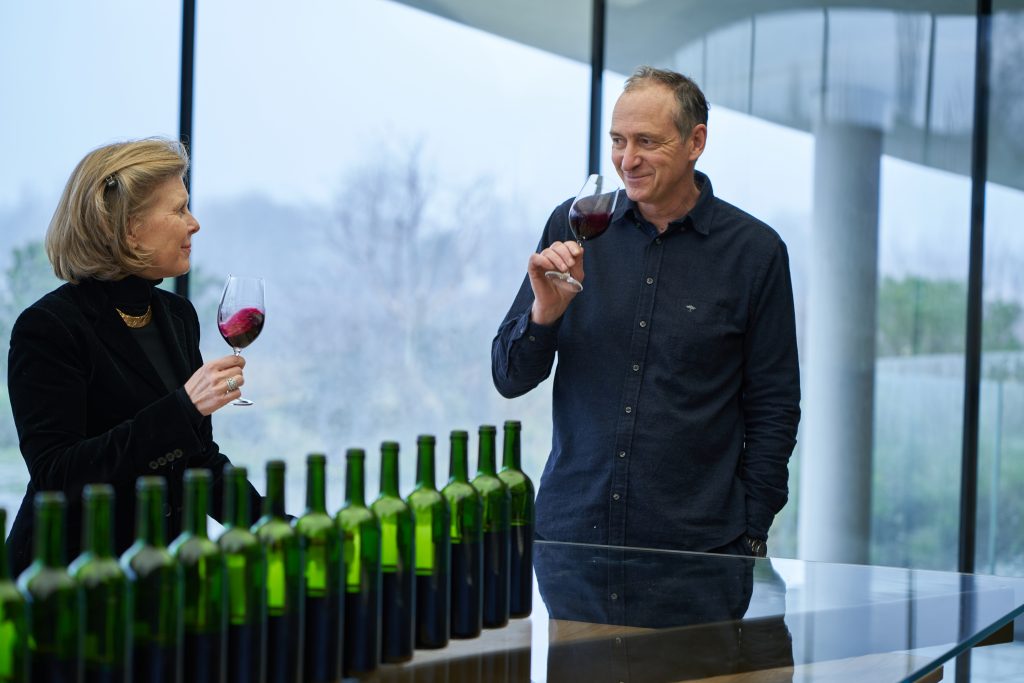
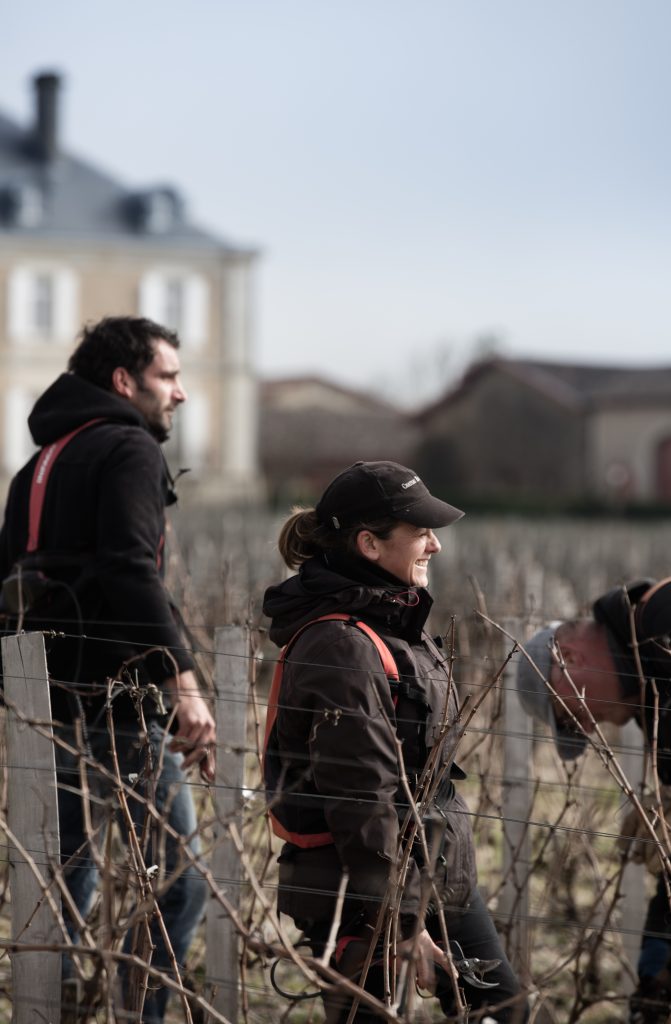
Il faut savoir raison garder
Fast-changing climatic conditions tend to polarise opinion through antagonistic views that are often very pronounced and sometimes irreconcilable: between those who reject any role for phytoprotection in the vineyard, those who want to change everything so that nothing changes, and those who swear by technology to save winemaking.
Doubt and discernment are at the heart of the estate’s DNA, and have been for centuries.
Haut-Bailly employees are driven by a simple idea: “Let’s not forget that what makes us strong is the knowledge and expertise we have acquired over the centuries through observation, the development of winemaking techniques, working with the terroir and an ever finer understanding of grape varieties and the art of winemaking.”
“The rarest things in the world, next to a spirit of discernment, are pearls and diamonds.”
Jean de La Bruyère, Les Caractères, 57,1, 1696

